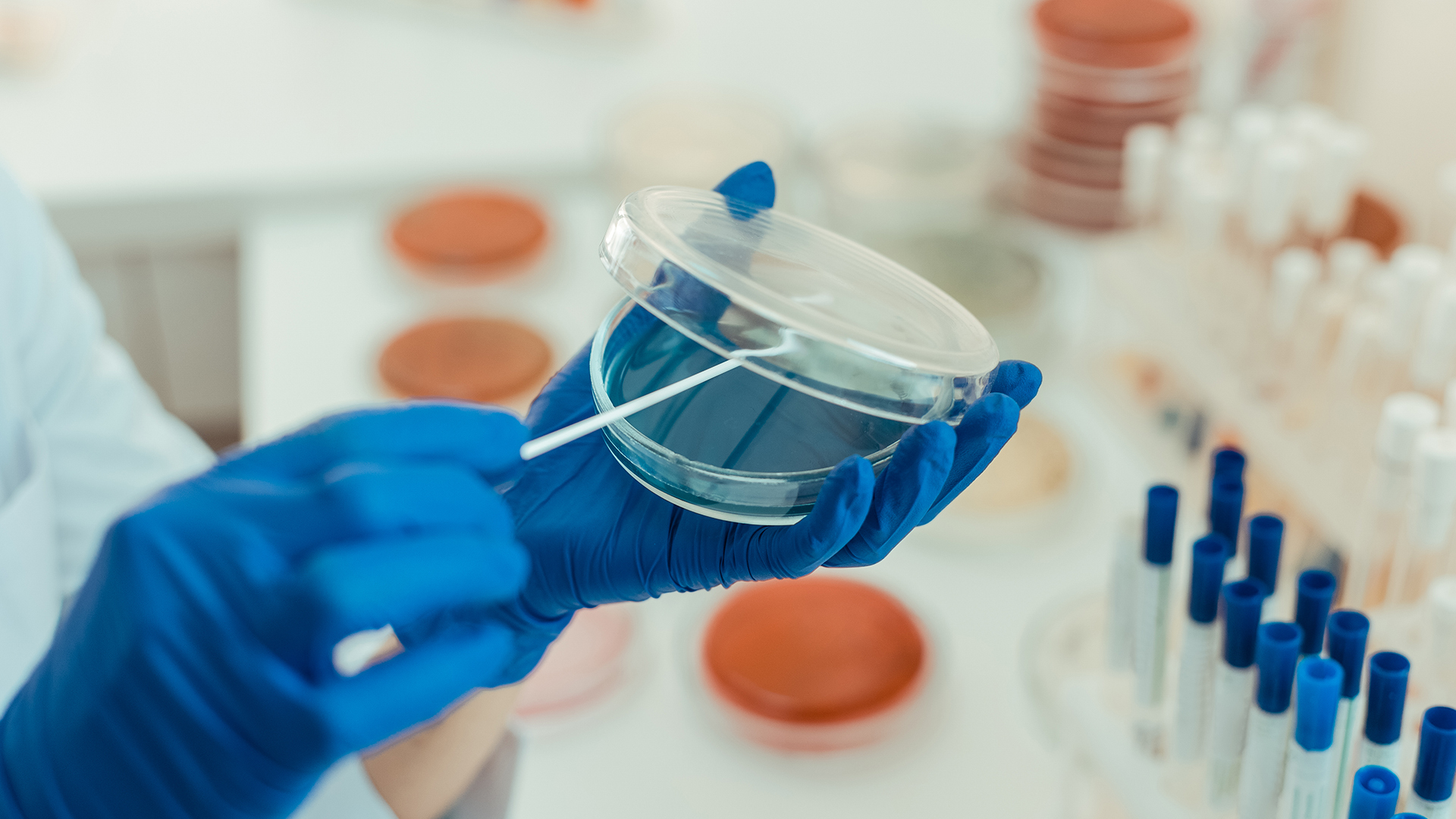Pharmaceutical Industry News
Downstream vs upstream processing
Upstream and downstream processing work in tandem to produce desirable products, such as beneficial pharmaceuticals like medicines or biochemicals. But […]
Oct 21st, 2025

When we discuss Cleanroom Best Practice, we really need to start with first principles: Why is it important to keep cleanrooms clean?
SImple: To ensure that no important and sensitive equipment, organisms or pharmaceuticals become contaminated and to ensure the health and welfare of everyone working in the cleanroom.
Contaminants reduce the effectiveness of medicines, vaccines, chemicals or microorganisms and could, potentially, make them dangerous. This is why cleanrooms are used – to isolate valuable and important products from the dangers of contamination and ensure their high quality and safety.
Contaminants can include everything from microorganisms carried in by people or through dust particles or other poo=llutants brought in on the air. The truth is that the vast majority of contamination is introduced into a cleanroom by the humans working within it, which is why there must be policies and procedures in place to guide and protect staff.
It is important to note that specific regulations and guidelines may vary depending on the country and the type of bioprocessing taking place in your cleanroom. Therefore, it is important for all relevant personnel to be familiar with the regulations that apply to your facility and follow the guidelines accordingly.
That said, here are some examples of the type of cleanroom best practice you may need to observe:
The principal way to ensure that a cleanroom remains clean is to ensure that everyone who works in and around it has been properly trained. That’s basic. No reputable manufacturing firm should allow untrained people anywhere near its factory floor, no matter what it is producing. Training should cover all proper cleanroom procedures and protocols, including:
An easily-overlooked training need is to include all of the service personnel (such as maintenance crews or cleaners) who will spend time in the cleanroom – they need to employ the same strict protocols as the scientists and technicians.
Something that takes place outside the cleanroom which very much affects what goes on in the cleanroom is authorisation. As well as ensuring that everyone in the cleanroom is trained in how to behave, you need to make sure that the only people who get in there are authorised to be in there.
Restricting access to a cleanroom is important because:
Maintaining the integrity of your products through authorisation can be achieved by implementing a system of badges, access cards or biometric identification and, in extremely sensitive cases, through monitoring the access to the cleanroom with cameras or security personnel.

We’ve written before about whether you can have a beard in a cleanroom. Well, this is all part of cleanroom best practice. As is ensuring that everyone is wearing the correct outer clothing.
Strict gowning protocols for all personnel are important because they help to prevent the introduction of contaminants into the cleanroom. People may inadvertently bring particles in on their clothing, hair, or skin.
Wearing the correct coveralls can help to maintain the cleanliness of the environment and, therefore, protect the products or materials being handled within the cleanroom.
A strict gowning protocol typically includes the following steps:
Of course, the very strictest application of this cleanroom best practice may not be required in all instances – the level of cleanliness required may be dependent on the type of cleanroom and the nature of the materials being handled.
Regularly ensuring that all tools and work surfaces in a cleanroom are hygienic and fit for purpose is important for a few reasons:
As with any of the rules and regulations that control the use and production of sensitive pharmaceuticals – constant vigilance is necessary to ensure that , at all times, the conditions in the cleanroom are fit for purpose.

It’s important that the air in the cleanroom is as pure as the people and the surfaces.
Air filters remove particles from the air that can come from a variety of sources, such as personnel, equipment, and even the surrounding environment. These particles can become harmful contaminants if they find their way into the bioprocess workflow.
HEPA (High Efficiency Particulate Air) filters are typically used in cleanrooms and are rated by IEST (the Institute of Environmental Sciences and Technology) to trap 99.97% of particulates 0.3 microns or larger.
This means they will trap most bacteria, mold spores and many other contaminants.
Aligned with this – it’s an important part of cleanroom best practice to not interrupt laminar airflow. This creates a flow of filtered air into a cleanroom in a specific direction, usually parallel to the work surfaces in the room.
This airflow helps to remove particles that may have settled on surfaces or equipment and ensure that they travel out of the cleanroom, rather than floating around and settling elsewhere within it.
One of the defining characteristics of we homo sapiens is our use of tools. If we can’t do something ourselves, we can typically design a tool that will do it for us. Well, part of cleanroom best practice is to use tools when we shouldn’t use our hands.
Not using tools like forceps and tweezers in a cleanroom can lead to several potential dangers:
In summary, using tools minimises the risk of contamination, protects the products, protects the personnel and increases efficiency.
The proper disposal of contaminated materials is crucial to maintaining the integrity of the cleanroom and the products therein. Cleanroom best practice for handling and disposing of contaminated materials includes:
However strict some of these regulations may seem, they are all designed to do two things – protect the valuable bioprocess products and protect the valuable people creating them.
As with any regulatory infrastructure, principles will be applied differently from industry to industry, company to company and county to country, but the rule remains consistent throughout – that cleanroom best practice is in everyone’s best interest.
It’s also worth mentioning that regularly reviewing and updating cleanroom best practice is a must. This helps to ensure processes are current and effective and also refreshes them in the minds of personnel whose health and welfare may depend upon them.